It bugs the hell out of me why this has not been solved.
The Villisca Axe Murders and the Most Frozen of Cold Cases
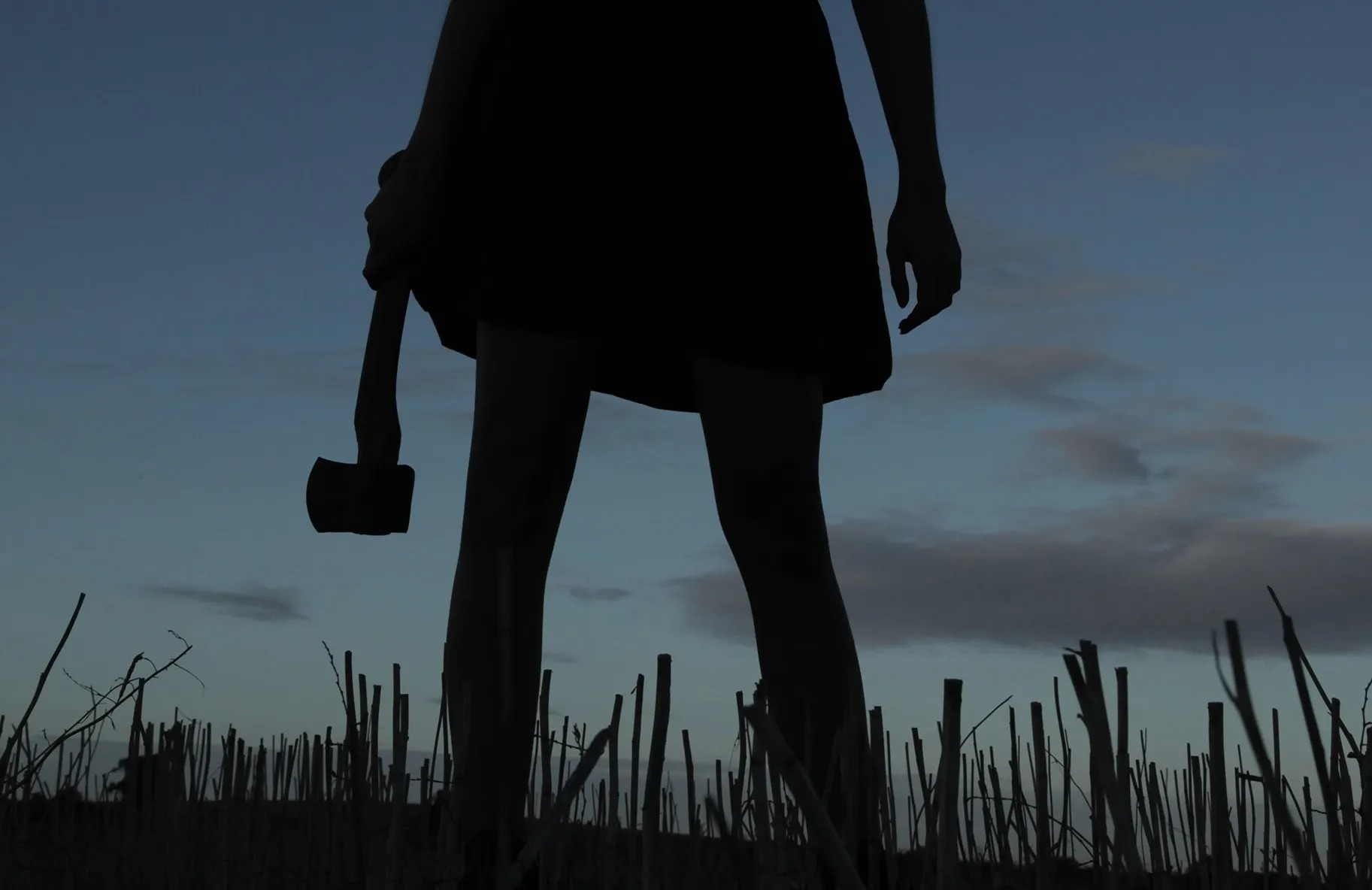
In a town known as the pretty place, an entire family were killed by an axeman who had been hiding in their attic waiting for them to go to sleep, in a case that continues to haunt to this day.
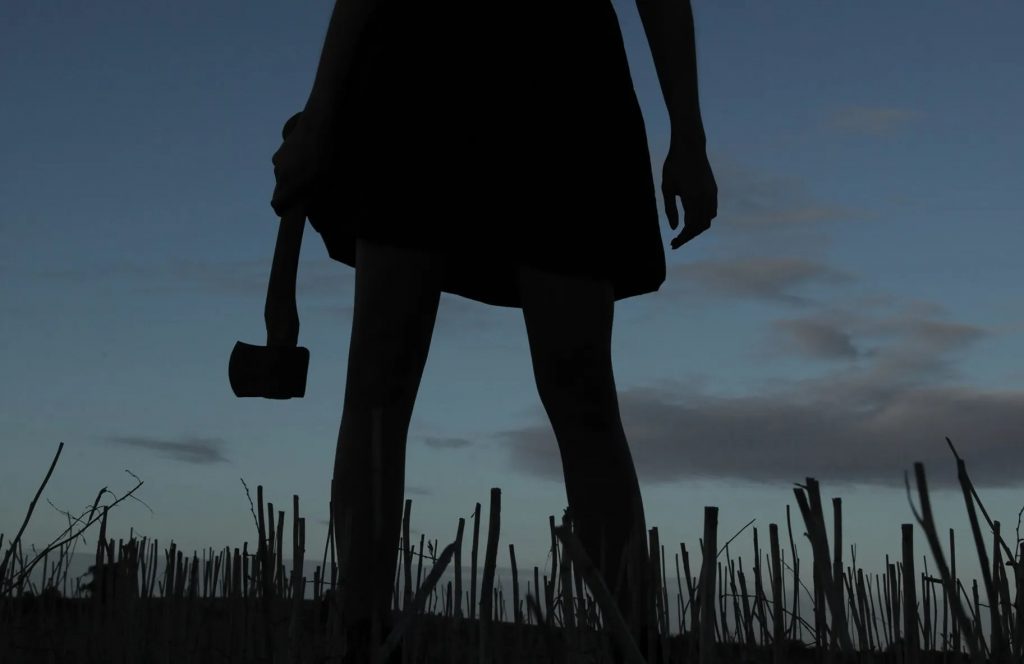
This and NINETEEN other true crime stories and mysteries can be found in Bizarre True Crime Volume 4, available from Amazon.
The pretty place
Known as the pretty place, Villisca in Montgomery County, Iowa, was once a flourishing midwestern town that became synonymous with one of the state’s most infamous unsolved murders.
The early 1900s had brought good fortune to Villisca with over twenty trains a day pulling up to the local station. At the start of the 20th Century, the county was booming, and Villisca was enjoying massive success.
But on 10th June 1912, the harmony of the town was replaced with darkness and scattered throughout the lives of those affected. It clouded Villisca in tales of murder and hauntings, that for a century show no signs of lifting.
On an unassuming residential street, sat a quaint, white-framed house with green gardens surrounding it, offering a promise of a good life with solid family values. The area was considered safe, homely, and peaceful.
Strange then, that when residents of Villisca woke that day, they were given the shocking news that eight of their own had been brutally murdered by an axe-wielding maniac. Two adults and six children had been snatched out of the world in a haze of blood and death.
A century later, the murders remain unsolved, but the crime has never stopped echoing. The original home has been refurbished and renamed; The Murder House, where you can take tours of the location of the murders and see if you can solve the mystery yourself.
The Moore’s
The head of the household was local businessman Josiah B. Moore whose family had become relatively well-off across various midwestern states. He married the love of his life Sarah Montgomery just before Christmas in 1899.
Both were active members of the local church and were well-liked in the community. Together, they projected the perfect family life, had four children, and settled into their home in Villisca. Their children were Herman, Katherine, Boyd, and Paul, and were often seen out with their parents.
On Sunday 9th June, the day of the murders, Sarah Moore was helping run the Children’s Day Program, at the local Presbyterian Church, an annual event to bring the local community together. The event kicked off at 8pm with all the Moore children taken part.
Also involved were the Stillinger sisters, 12-year-old Lena and eight-year-old Ina. Both girls were born on the large Stillinger family farm just outside of Villisca and were two of nine children raised by their parents, Joseph and Sara Stillinger, who had let them go out for the day.
The plan of action for the two sisters was to go to church in the morning, spend lunch and the afternoon with their grandmother, head to the church event in the evening then make their way back home.
Instead of having them walk home alone, Katherine Moore asked her parents if the sisters could stay the night at their home. Josiah phoned the Stillinger household and let one of the older children know that the two sisters would be sleeping over at their house that night.
The event finished at 9.30pm, and the Moore family, along with the two Stillinger sisters, would have arrived at their home shortly before 10pm. At some point from 10pm to the next morning, all eight of them had been murdered.
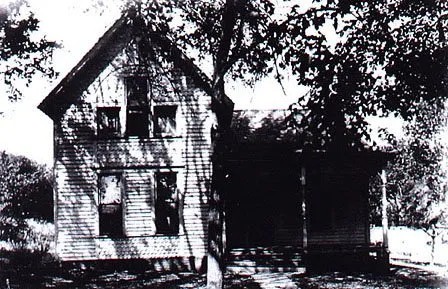
Massacre
The Moore’s usually began their chores from between 5am to 6am on weekday mornings, so at 7am, their neighbour, Mary Peckham, became concerned as she couldn’t see any lights on or hear any noise coming from the home.
She knocked on the door just before 8am and tried to open it but it was still locked from the inside. After letting the Moore’s chickens out from their coop, she phoned Ross Moore, Josiah’s brother, who arrived quickly.
After a quick scout of the windows, Ross let himself in with a spare set of keys his brother had entrusted to him. When he opened his brother’s bedroom door, he found two bodies on the bed. Immediately he charged back to the porch and frantically ordered Mary to call the sheriff.
When the police arrived, they entered the home and found a massacre that would have haunted them until the end of their days. Josiah, 43, and Sarah, 39, were found on their bed, they had been brutally murdered as they slept and their skulls crushed by a heavy object.
Herman, 11, Katherine, 9, Boyd, 7, and Paul, 5, were found in the upstairs bedrooms across the first floor. They too had been attacked in their sleep and their skulls crushed. Downstairs in the guest room they found the bodies of Lena Stillinger, 12, and her sister, Ina, 8.
As word spread, residents of the town descended on the property with some even entering the house due to a lack of control by the local police. A few hours later, the Villisca National Guard arrived to secure the residence and cordon off the crime scene.
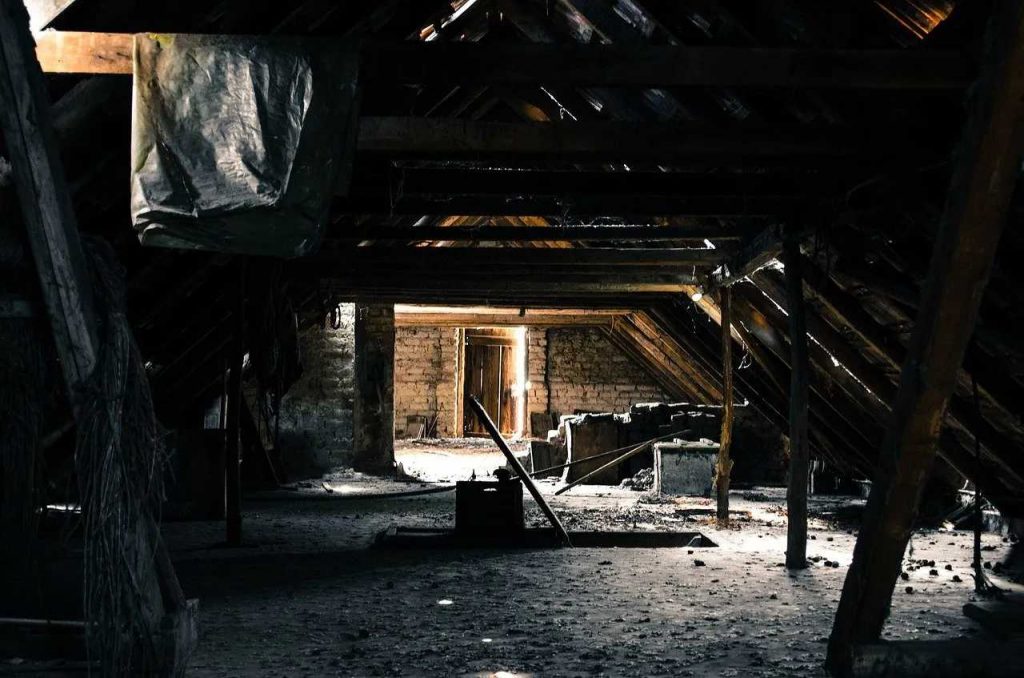
Rampage
The murder weapon was an axe that belonged to Josiah, and it was found in the guest room where the sisters were murdered. An investigation of the bodies, as much as was possible in 1912, concluded the eight victims were murdered from between midnight and 5am.
The investigation began to slowly piece together what had gone down in the Moore home. Some bizarre discoveries became clues used to reconstruct the killer’s path through the house.
Two cigarette butts were found in the attic which suggested the killer had been hiding there until everyone in the home was asleep. At the foot of Josiah and Sarah’s bed was a kerosene lamp, suggested to have been placed there by the killer.
The chimney, which was accessible from the attic, had the wick turned off and was located behind the dresser in the parents’ bedroom. It seemed the killer had come down the chimney via the attic and used the kerosene lamp to guide him.
As he stood at the foot of the bed, he raised the axe so quickly he left axe marks on the ceiling above him. Josiah was the first to die and had been savaged by the sharp end of the axe, so viciously that his eyes were missing. Sarah had her skull crushed by the blunt end of the axe as he alternated between the two adults.
Once the parents were dead, he crept upstairs to the children’s bedrooms and smashed their heads in as they slept. They were found in a similar state to Sarah, suggesting the blunt end of the axe had been used to murder them.
The killer then went back down to the parents room and used the axe to inflict more damage upon their bodies. It has long remained unclear if the killer knew the Stillinger sisters were in the guest room. If he had been in the attic for the purpose of killing the Moore’s then he may not have known about the two sisters.
This theory was backed up by some evidence that suggested 12-year-old Lena was awake and attempted to fend off the killer. Lena had defensive wounds on her arms and her body was found in a different position on the bed to the other victims. Her sister, Ina, was killed as she slept.
Lena was found with her nightgown above her waist, which some researchers took to mean she had been abused. However, if it was the killer’s intentions to massacre the Moore family outright then the motive didn’t seem to be sexual at all, unless abusing Lena was an opportunistic act.
He never left
After all eight people had been murdered, the killer stayed in the house and closed all the curtains. For those windows that didn’t have curtains, he used some of the Moore’s clothes to cover them.
He returned to each of the rooms and covered the victim’s faces with their bed sheets before returning to the parent’s room for a half-hearted attempt to clean the axe. Strangely, a cooking pan of bloody water was found on the kitchen table beside a plate of uneaten food. It seemed likely the killer had sat down to eat after his rampage.
Another piece of evidence was a slab of bacon that was found in the parent’s bedroom beside the axe. A second slab was found in an icebox near the kitchen. It could only be assumed that the killer had been eating the bacon while hiding in the attic.
Interestingly, all the doors to the home had been locked from the inside. The killer had left through the attic and eloped from Villisca, never to be seen again.
How he did it wasn’t the mystery that echoed across a century, but why he did it and who he was, have tortured cold case investigators for years. However, there were many suspects at the time and many theories have perpetuated online.

Everyone’s a suspect
The murders had disrupted the pretty place so much that virtually every person in the town of 2,500 people were a suspect at one point. This led to paranoia and fear among residents that their own neighbours could have been the killers.
Whenever residents went out, they openly carried weapons in full view of local and national press, and the increased police and National Guard presence. Friends were accusing friends and families were in-fighting before huddling together at night in fear of a possible killer among them.
Josiah worked for Frank Jones at the Jones Store, a place that sold tools and landscaping equipment to individuals and businesses. Josiah left in 1908 and set up his own similar business, taking the John Deere tractor franchise with him, which would have been very lucrative at the time.
Though many point to Jones as the killer, the motive wasn’t strong enough and he was discounted early on, despite unbased rumours of Moore having an affair with Jones’ daughter-in-law.
Another theory suggested that Jones hired Kansas-based drug-addict William Mansfield to kill Moore and his entire family. It was suggested he was also responsible for the murders of his own family two years later – who had been killed with an axe.
Detectives at the time were convinced Mansfield was the killer, not just of the Moore family, but other murders across the region, due to the similarities of the deaths. They arrested and held him pending trial but he was ultimately released due to solid alibis and a lack of evidence.
Murderer Henry Lee Moore (no relation) was considered a suspect after the fact, when he killed his mother and grandmother with an axe in late 1912 in Missouri. Henry Lee has long been connected with other axe murders but there is no solid evidence to suggest he was the killer.
The priest
Two suspects have stood the test of time and are difficult to discount. The first was an English born priest named Reverend George Kelly. He was the travelling minister in the town on the night of the murders and was known to ask young girls to pose for him.
He attended the Children’s Day event and left the town on the 5am train the next morning. It was deemed possible, due to the timing of his departure, that he could have been responsible for the murders.
In the weeks after the murders, he wrote letters to the investigation, the Stillinger family, and other people close to the Moore’s, to keep in contact and express his sorrow. When investigators spoke to him about the murders, he believed he had witnessed it.
However, it turned out that Kelly was known to have suffered from mental issues, and police questioned his account of what he was supposed to have seen or heard. In 1914, Kelly was arrested for sending pornographic material through the post, and sexually harassing a secretary.
He was committed to a psychiatric institute, which led investigators to believe he was the real killer. In 1917, Kelly was arrested and charged with the Villisca murders. At two separate trials, due to lack of evidence and false confessions, he was acquitted.
There is a big difference in mentality between lusting over young girls and taking an axe to eight people in what was a premediated murder rampage. It is possible that Kelly was responsible but if his motive was to abuse Lena Stillinger or another of the children then killing everyone with an axe seemed very much like overkill.
The killer it seemed was unaware of the Stillinger sisters in the guest room. If Kelly was the killer then he would have known the sisters were at the Children’s Day event and left with the Moore’s. It seems unlikely he would have left the event to hide out in the attic.
Despite inconsistencies in his story and the nature of his personality, he remains one of the prime suspects in the murders. But there is another, whose tale is even more likely.

The German
Back in 1897, fifteen years before Villisca, a man called Paul Mueller became the prime suspect in the murders of a family in Massachusetts. He had been staying with the family as an employed farmhand on their land. A yearlong manhunt failed to capture Mueller, who was allegedly from Germany.
A book called The Man on the Train detailed how Mueller was either arrested for another crime or went into hiding before emerging a few years later to kill again. The authors link Mueller to many axe murders around the same time as the Villisca massacre.
In September and October 1911, three separate families were killed in their own homes by an axe-wielding maniac. The Burnham-Wayne’s in Colorado, The Dawson’s in Illinois, and the Showman’s in Kansas.
Just days prior to the Villisca massacre, Ronald Hudson and his wife were killed by an unidentified axeman in Kansas. All the murders took place on popular train routes and at residences close to train stations, which were easily accessible.
It was then suggested Mueller had returned to Germany, where in 1922, he may have been responsible for the infamous Hinterkaifeck murders – detailed in Bizarre True Crime Volume 2. There, an entire family of six were killed with an axe, on their farm, by someone who had been living in the attic.
Murder house
The pretty house in Villisca sold to various new owners over the years until 1994 when it was purchased by Darwin and Martha Linn of Iowa. They restored the home to how it would have looked at the time of the murders in 1912.
The house was then listed on the National Registrar of Historic Places which meant it was able to open its doors to dark tourists and offer guides around the house. It has long since been known as The Murder House.
For just $10 (USD) you can turn up on their open days and take a tour of the house where eight people were brutally murdered. For just over $400, you can book an overnight stay in the house, and the owners will come back for you in the morning!
The house has also become a hotspot for paranormal investigators and psychics. Some recent incidents include sightings of ghosts, lights switching on and off, cold spots in the locations the murders took place, flying objects, and children’s voices.
What is certain, is that the walls of the house still protect the identity of the killer who took an axe to eight people. A century later, the case of the Villisca Axe Murders continues to haunt the souls of those who come across it.
This and NINETEEN other true crime stories and mysteries can be found in Bizarre True Crime Volume 4, available from Amazon.
- What Happens to Cold Cases? The Intricacies and Unsolved Mysteries Explained

- 13 Facts You Need to Know About Levi Bellfield: The Bus Stop Stalker

- How Has Pathology Evolved Over Time? (History of True Crime)

- Trio Convicted of June 2022 Westminster Murder of Adnan Saleh

- How Did Forensic Science Evolve Through History? (History of True Crime)

I feel like there should be more killers who use the internet especially in today's world.
Thanks for this. Anymore podcast lists coming anytime soon??
Not just females.
[…] Not So Heavenly Creatures: The case of two teenage girls who fell in love, created their own religion, entered…
There's a lot more the Italian authorities are not releasing over this case. Makes you wonder the extent of the…

 T
T
What Happens to Cold Cases? The Intricacies and Unsolved Mysteries Explained

 T
T
13 Facts You Need to Know About Levi Bellfield: The Bus Stop Stalker

 T
T
How Has Pathology Evolved Over Time? (History of True Crime)
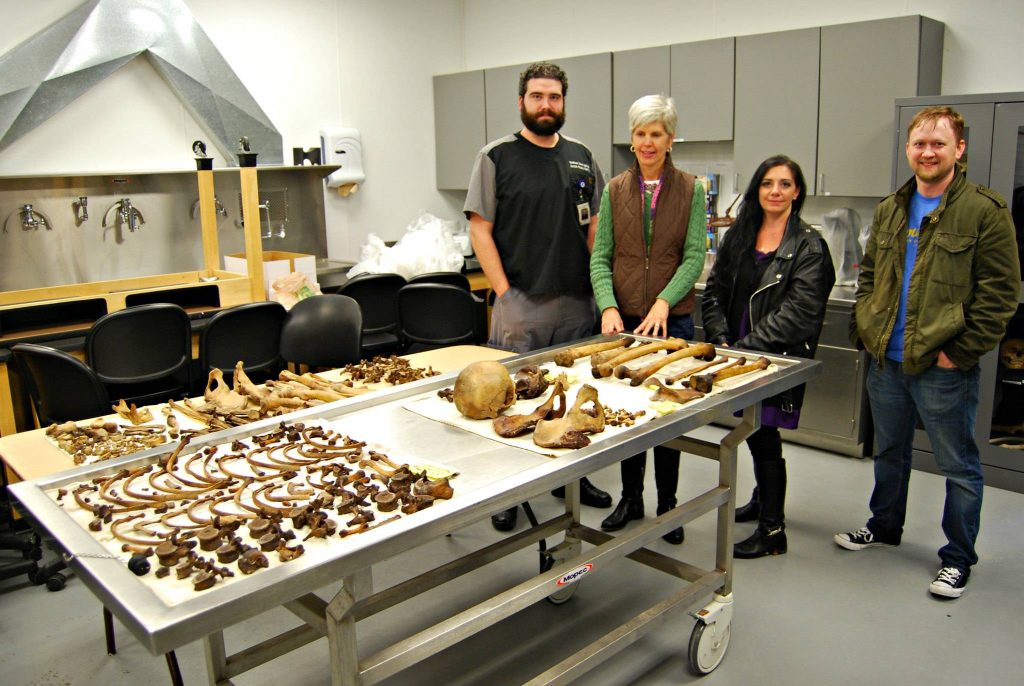
 T
T


